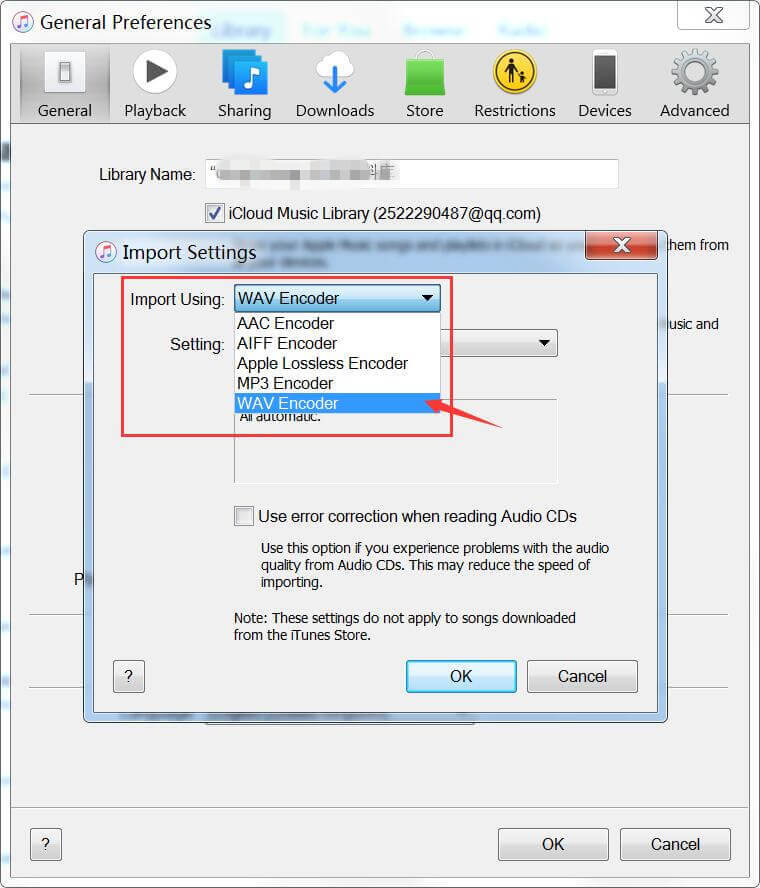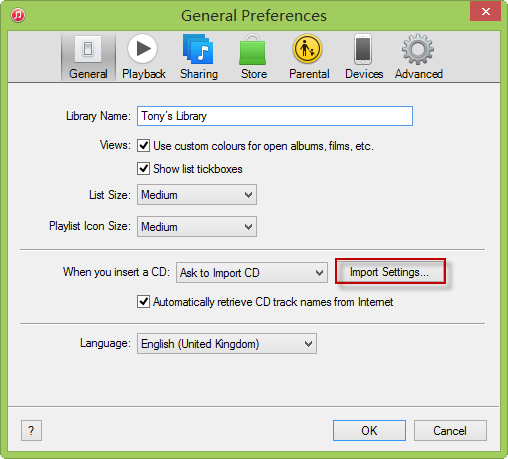


Connect your iOS device, select it, and then click on Summary. And these files take up a lot of space on a device that has a limited amount of storage.įortunately, iTunes lets you have the best of both options. You won’t hear any difference in sound quality over the ambient background noise, and on headphones that are certainly not as good as those you use at home. However, if you’re listening on the go-on an iPhone, with headphones, or streamed to a portable speaker-there’s little advantage to using lossless files. Also, if you rip to lossless, you’ll have archival files, which you can later convert to any format without needing to re-rip your CDs. And lossless files sound exactly like CDs, so you’ll have the best quality for your home listening. So if you have a large music collection, you’ll need a bigger hard drive (or more than one). But why use lossless files? What’s the advantage?Īs you’ve seen above, lossless files take up a lot more space. You may also have some FLAC (Free Lossless Audio Codec) files you’ve downloaded they’re very common. You have the option to rip your CDs to Apple Lossless format.
:max_bytes(150000):strip_icc()/convert-itunes-songs-to-mp3-2000442-adf86430b1054d818314422b4d5cb69e.png)
While you can tag WAV and AIFF files in iTunes, not all of these tags remain in the files if you move from your iTunes library to another computer or device. Not only do they take up a lot of space, but tags-metadata you add to the files-aren’t supported as well as with the other formats. Note that it’s generally not a good idea to use AIFF or WAV files in your iTunes library. This type of compression removes data for sounds that you can’t hear, as well as using other “psychoacoustic” techniques to compact the files. The former is the way files such as MP3s and AACs are shrunk to one-quarter, even one-tenth the size of the original files. With audio files, there are two types of compression: lossy and lossless. This seemingly magical compression algorithm looks for redundancies in data, and writes a sort of shorthand, saving a great deal of space. When you unzip-or decompress-the archive, the resulting file contains the exact same data as in the original. Let’s start with a simple question: what is compression? You’ve probably familiar with Zip compression, which lets you shrink the size of a Word file or a PowerPoint presentation for storage or to send to someone by email. In this article, I’m going to explain what lossless audio files are, how to create them, why you might want to use them, and why you might not. But many iTunes users don’t know what these files are. These questions come from people who seek to listen to the best quality audio files with iTunes. I regularly get questions about lossless audio files, or files compressed in a lossless format, for my Ask the iTunes Guy column.


 0 kommentar(er)
0 kommentar(er)
